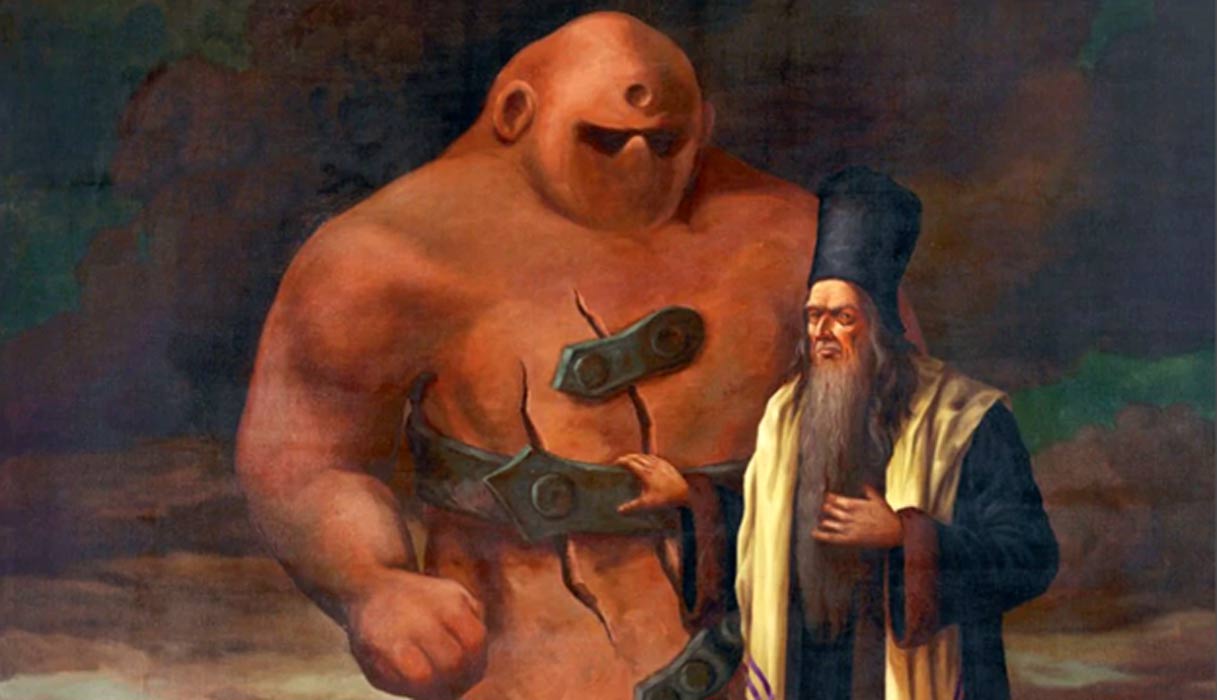politicalphishing.com – The Golem is a figure of Jewish folklore that has fascinated people for centuries. Originating from ancient texts and evolving through various iterations, the Golem is a creature of clay brought to life by mystical incantations to serve its creator. This article delves into the origins, characteristics, and cultural significance of the Golem, exploring its role as an animated guardian in Jewish folklore.
Origins of the Golem
The earliest references to the Golem can be found in the Hebrew Bible, where the word “golem” appears in Psalms, referring to an unformed mass or embryo. However, the concept of a clay man animated by magic is most famously associated with the medieval Jewish mystical text, the Sefer Yetzirah, or “Book of Creation.” This text discusses the power of the Hebrew letters and their use in creating life, laying the groundwork for the Golem’s creation myth.
The Golem in Jewish Mysticism
In Jewish mysticism, particularly in the Kabbalah, the creation of a Golem is attributed to powerful rabbis who possess the necessary spiritual and mystical knowledge. The most famous of these creators is Rabbi Judah Loew ben Bezalel, also known as the Maharal of Prague, who is said to have created a Golem in the 16th century to protect the Jewish community from persecution.
The Creation Process
The creation of a Golem involves several steps, including shaping a figure from clay, inscribing it with mystical symbols, and bringing it to life through the recitation of sacred texts or the use of a Shem, a magical name or word. The most common method involves placing a piece of parchment with the word “emet” (truth) into the Golem’s mouth. To deactivate the Golem, the first letter is removed, changing the word to “met,” meaning “dead.”
Characteristics of the Golem
The Golem is often depicted as a giant, powerful, and obedient servant. It is a creature of pure physical strength, devoid of its own will or desires, acting solely on the commands of its creator. Despite its formidable strength, the Golem is also seen as a symbol of the dangers of unchecked power and the potential for creation to turn against its creator.
The Golem in Popular Culture
The legend of the Golem has transcended its origins, influencing literature, film, and other forms of media. It has been reimagined in various contexts, from horror to science fiction, reflecting the enduring fascination with the idea of creating life and the ethical implications thereof.
Cultural Significance
The Golem serves as a powerful symbol in Jewish culture, representing the struggle against oppression, the potential for divine intervention, and the ethical boundaries of human creativity. It also embodies the tension between the desire for protection and the fear of losing control over one’s creations.
Conclusion
The Golem stands as a testament to the richness and complexity of Jewish folklore. As an animated guardian, it embodies the hopes and fears of a community seeking to protect itself against adversity. Through its various incarnations, the Golem continues to inspire and provoke thought about the nature of life, the limits of power, and the responsibilities of creation.
